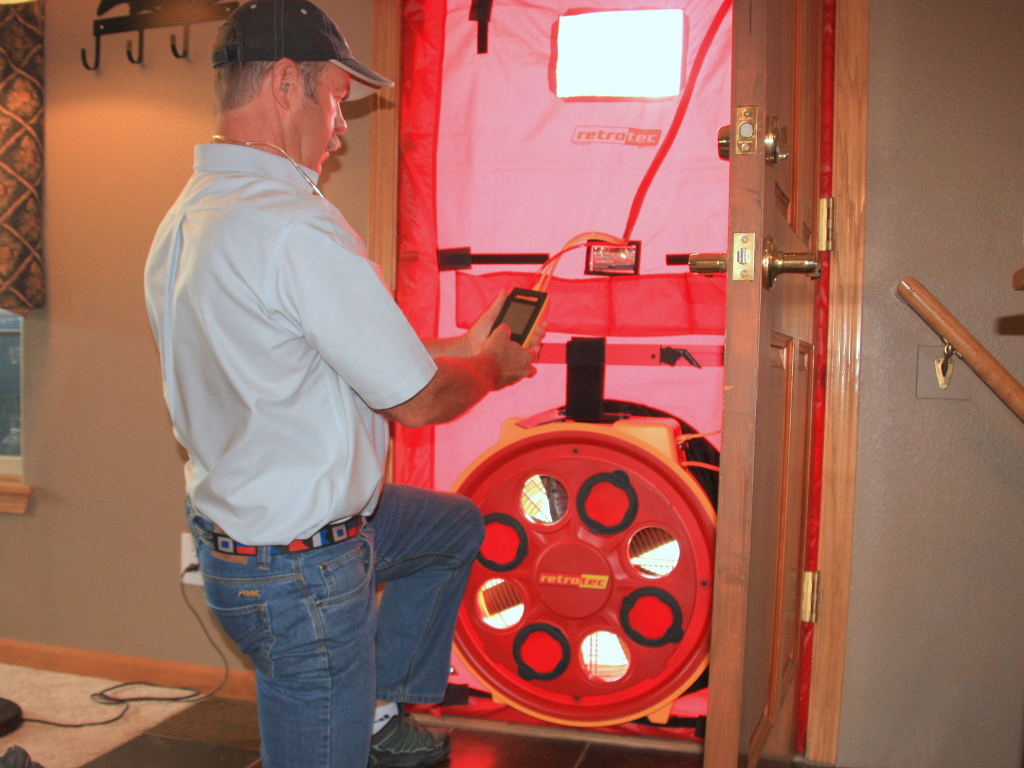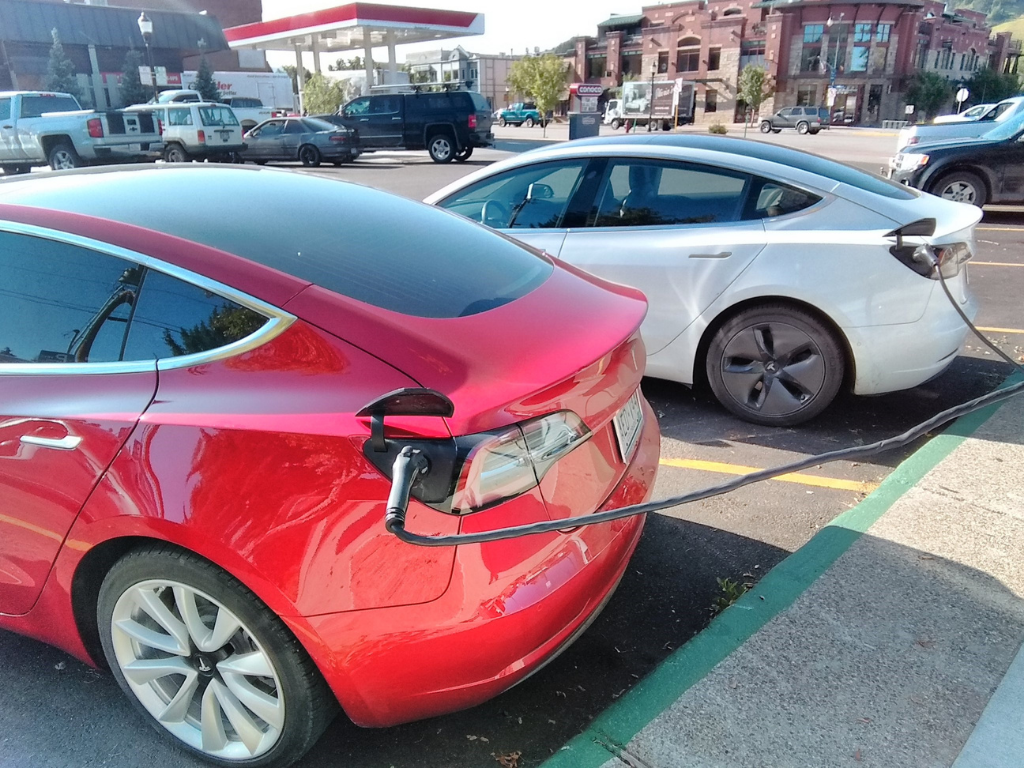JANUARY 3, 2014 BY
Guest post by Ken Myers (bio below)
As the popularity for solar panels continues, a coalition of more than 11,000 citizens and 280 businesses throughout the state are dedicating themselves to reach three gigawatts of power by 2030. In order to achieve this goal, it is estimated that roughly one million rooftops need to be outfitted with solar arrays. As technologies advance for cheaper and more efficient methods of building photovoltaic equipment, the goal of three gigawatts may be easier to accomplish than what many would think.
Prime Position – On average, Colorado experiences 245 sunny days of the year. Compared to many other solar leaders, this is an extensive upper hand. There are several areas within California, the current US leader in solar power, that don’t experience such a sunny disposition. With the new solar array being built in Aurora, and homeowners investing more money into sustainability, those within Colorado are beginning to utilize an abundant fuel source.
Job Creation – Providing an energized state through photovoltaic methods is only part of the reason why this goal should be a focus for more than 11,000 people. Since the solar boom of 2010, there have been more than 10,000 jobs created in the industry in Colorado bringing in more than $1.4 billion dollars. As long as there is funding to continue promoting one million rooftops, thousands more jobs will be created in the coming years. If this coalition is true to their word, this could also increase the number of students in the near future to attend energy specific schools.
Possibility for Cleaner Air? – Another aspect of the one-million-panel goal is the fact that it could displace the carbon emissions from more than 760,000 cars worth of electricity generated. The would be the equivalent of eliminating nearly all of the vehicles in the Denver-metro area including much of the surrounding suburbs. Unfortunately, this is just a number. While it is nice to think about how much carbon could be replaced by using solar power, this would require the power plants to stop producing as much – which may not happen as that would not be profitable.
It Takes a Community – Did you know that if every man, woman and child in the Denver-metro area donated just $1 to this development, 11 homes or more could become 100-percent self-sustaining in terms of electricity? Although this is a far cry from being able to compensate for one million rooftops, it puts into perspective what a community can do if the people could work together. Of course this is based on the average cost for solar arrays and the census population of the area as of 2010, but you get the picture. There is strength in numbers and this goal could be easily achieved if those 11,000 coalition members could enlist the help of others.
Panels Are Cheap – When it comes to installing solar arrays, panels are buy far one of the cheapest components to buy. It’s the inverter and the deep cycle batteries that cost the most for installations. If you’re able to do the installation yourself, you can pick up quality panels for relatively cheap on various websites. Even a small five thousand dollar investment from a homeowner to mount three or four panels on his or her home could help the coalition meet this goal.
As other places of the world have demonstrated that nothing is impossible, this coalition for promoting one million panels has their work cut out for them. Although many people in Colorado really can’t afford the expense of mounting an array of any size, these people can still do their part into promoting this idea. Support doesn’t always have to precede “financial.”
Author Bio:
Ken Myers is the founder of http://www.longhornleads.com/ & has learned over the years the importance of focusing on what the customer is looking for and literally serving it to them. He doesn’t try to create a need, instead he tries to satisfy the existing demand for information on products and services.






